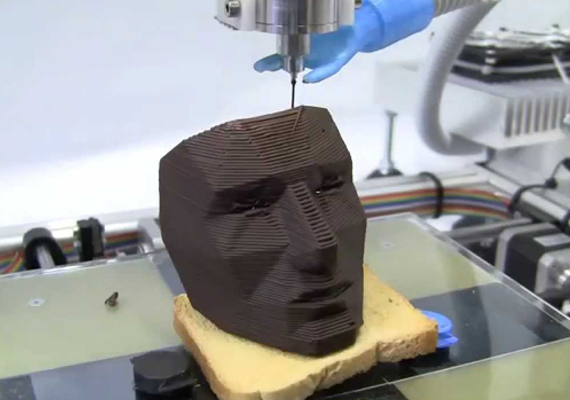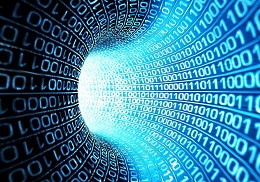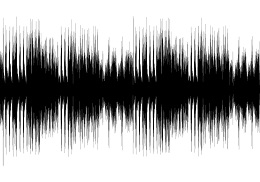
Food, prosthesis, organs... 3D printing allows the production of all kind of objects for several areas. Find out the possibilities of one of the most surprising technologies of the last decade.
28 april 2016
Gartner, a Northamerican consultant, foresees that in 2019 over 5,6 millions 3D printers will exist in the world. Some media even consider this technology to be a Fourth Industrial Revolution. Beyond these statements, it is obvious 3D printing is one of the most important inventions of the last decades. Its application in several areas, both domestic and professional, offers great possibilities for enterprises and private individuals. In this article we will analyze what 3D printing is and what are its main uses.
A 3D printer is a device capable of producing objects in three dimensions by means of a computer program and using common materials. The main advantage is they allow us to transfer a design in our computer screen to reality; it is only a matter of time and money since, what raise the price of 3D printing is the price of its materials. These are the most common printing methods:
- Extrusion: Fused deposition modeling (FDM);
- Spinning: Electron beam manufacturate (EBM);
- Grainy: Direct metal laser synthesised (DMLS), electron beam melting (EBM), synthesised selective heat (SHS), synthesised laser selection (SLS) and DSPC projection;
- Laminated: Layer laminated (LOM);
- Photochemical: Stereolithography (SLA) and ultraviolet light photopolymerization (SGC).
3D printing is characterized by its unlimited applications. This technology still has a long way to go but it has transcended the industrial area to other areas, including homes and small business.
Gartner, a Northamerican consultant, foresees that in 2019 over 5,6 millions of 3D printers will exist in the world
Home and textile
Talking about 3D printing in a domestic use, a product stands out above all: Foodini, of Natural Machines enterprise from Barcelona. Making a reference to the magician Houdini and his ability to make the impossible, possible; this 3D food printer has an easy functioning: users select in the touchscreen what dish one wants to preparate and introduce the ingredients in capsules. After that, we only have to wait until the product is ready. Cookies can be prepared in a few minutes while complex recipes need half an hour. Moreover, Foodini has Internet access, so that we could control it from any device with Internet access.
Regarding to textile sector, companies such as Freedom of Creation in Amsterdam and London College of Fashion are already investigating in order to transform three-dimensional human body data into adapted surfaces for printed textiles. Thanks to this measure manufacturing costs regarding to transport and material will be reduced, since clothes fit perfectly for clients.
Construction and architecture
Beyond small objects, 3D printers are capable of making big ones. In the field of construction and architecture these machines allow important progresses in the production of materials and savings in production costs. Currently, 10 houses of 200 m2 have been built by means of recycled materials. However, workforce is as necessary as always, since labourers are in charge of assembling all printed material.
Medicine
In medicine the possibilities of 3D printers are unlimited: from duplicating parts of the body to the production of prothesis and organs. The Swiss Federal Institute of Technology in Zurich has programmed the firsts bioprinting tests with animals. The challenge is to create the necessary bio-ink from stem cells or biopsies. As for prothesis, it is necessary to emphasise on the E-nabiling the future iniciative, which searchs for volunteers all over the world.











